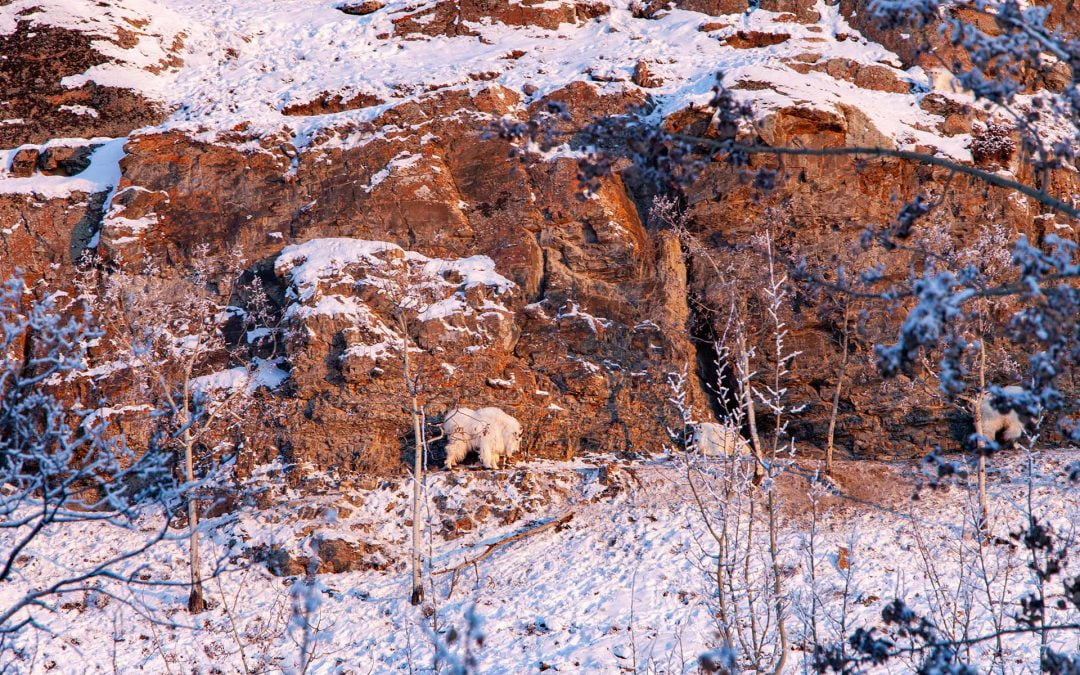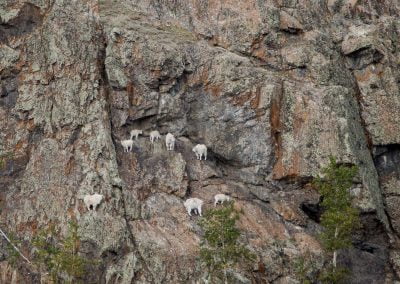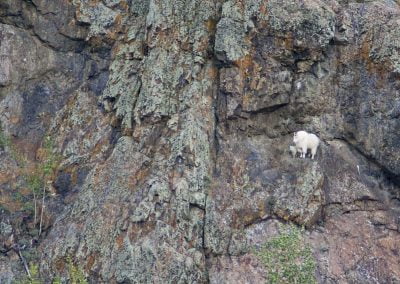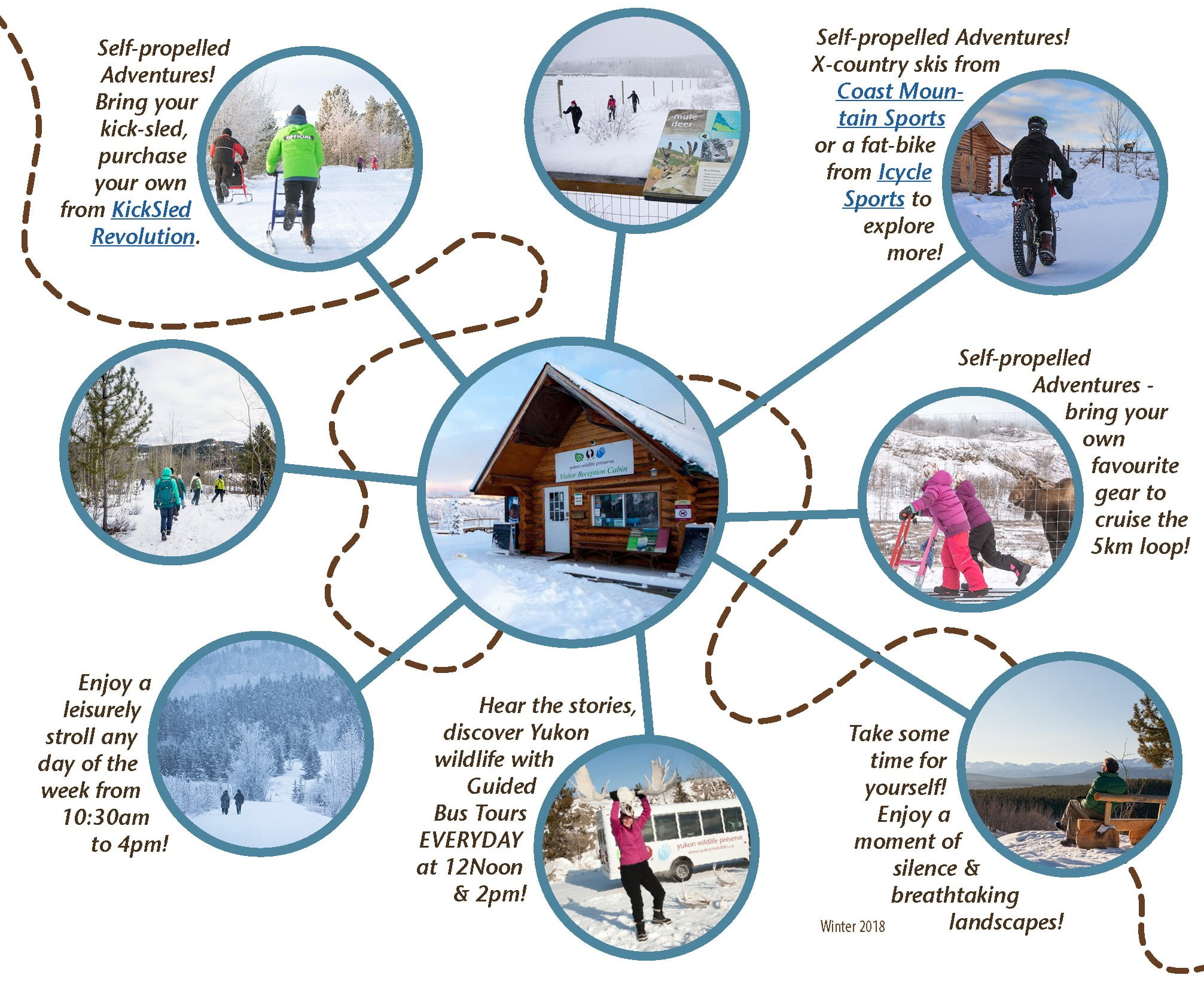
Winter Is Here!
Winter Is Here!
If you read this from anywhere other than North of 60th, you may ask yourself why do we specify again that winter is here, given that it can – by now – be considered common knowledge that winters in the Yukon last up to 6 months. Well, as a distinctively local organization, housing local animals and employing local staff, we can tell you that winter doesn’t always equal winter. Most of us consider temperatures of -10 Centigrade and higher not really winter. But once the mercury hits -40 (which is the same in Fahrenheit and Celsius), then we can talk about proper winter and what it means to everyone up here, specifically at Yukon Wildlife Preserve.
With temperatures recently having hovered around -30 to -40C for an entire week, the Wildlife Preserve has implemented a few special procedures. For example, at -25C for the well-being of our visitors, staff perform a safety sweep with a vehicle to ascertain guests are happy and healthy during their self-powered adventure around the 350 acres of our facility accessible to the public. At some point – when the mercury reads -35C or lower – the Preserve delays opening to the afternoon and if there is no change in temperature, will remain closed for the day. A safe choice to make for both our staff and the public.
But what about Yukon’s wildlife both at the Preserve and across the territory? While we bundle up in parkas and boots just to go around the corner to buy groceries, the animals remain outside in their habitats year-round in any temperatures. Of course, with the exception of those animals that have either migrated south or are hibernating for the winter. So how do they – caribou, muskox, bison, arctic fox, lynx and other big and small mammals do it?
At the Yukon Wildlife Preserve, we monitor our animals closely, daily in-fact and adapt their feed over the season, to ensure they are getting the right amount of nutrition especially in these extreme conditions.
While most of us sit comfortably at home and may choose not to go out for the day, our animal care staff works tirelessly behind the scenes, even when our facility is closed to the public. They are observing our resident animals daily during feeding rounds, checking body conditions and ensuring their overall health. They are feeding animals that may be in our Wildlife Rehabilitation Centre, they are cleaning the Animal Care building diligently to ensure bio-hazard security and health. They are caring for the mice, quail and rabbits we raise as important food sources for rehabilitation animals and carnivores in our collection.
With daily feedings, close monitoring and veterinary care available, the animals at the Yukon Wildlife Preserve are in a better position than their wild cousins; experiencing less stress as they don’t need to constantly search for food to maintain good body condition and health in order to avoid and evade predators. Their wild counterparts however, have a bunch of challenges thrown at them to survive, attract mates, and bear offspring. The species that make their home in the Yukon are born for the very cold extremes we recently experienced this January, and will no doubt face again, before winter is truly over. This is the start of a blog series about cold adaptations in boreal wildlife species and we hope you join us as we unearth the secrets of winter survival of these fascinating creatures.


Sarah Stuecker
Wildlife Interpreter
As a wilderness guide, Sarah has spent many days out in the bush over the years. Sitting out there glued to the scope is just as fascinating to her as observing and following animal tracks in the depth of winter, trying to draw conclusions of what this particular critter might have been up to. Sarah is passionately sharing her stories as part of our team of wildlife interpreters.










